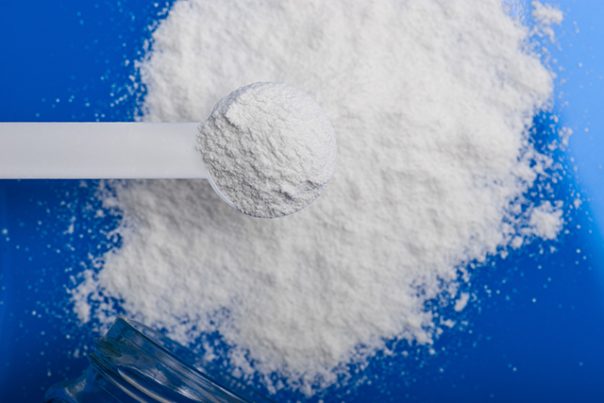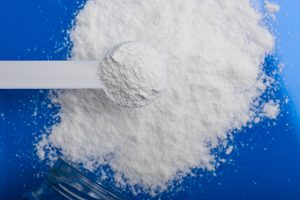- MSG.news
- Chemicals.news
- Statins.news
Sodium carbonate sources, health risks
Wednesday, October 11, 2017 by Earl Garcia
http://www.naturalpedia.com/sodium-carbonate-sources-health-risks.html

Sodium carbonate is a highly toxic chemical that is commonly found in many household and industrial products such as dish washing soaps, glass products, bleaches and bubble bath solutions. Likewise, the poisonous material can be found in pulp and paper products, steam iron cleaners and even diabetes testing tablets. Sodium carbonate may also be used to increase the pH levels of swimming pools that have become to acidic. The chemical is corrosive in nature and requires extensive caution when being handled.
The chemical is known to cause adverse medical conditions following inhalation, ingestion, or skin exposure. An article posted on the Med Line Plus website has stressed that people should immediately dial a local emergency number such as 911 or a local poison center if they or someone they are with experience sodium carbonate poisoning. The article has also featured important tips to remember should an event occur. These tips include:
- Seek immediate medical help at the event of sodium carbonate poisoning.
- Immediately give the victim a glass of milk or water if the chemical is ingested. However, experts cautioned not to give water or milk if the victim exhibits symptoms that make swallowing difficult, such as vomiting, convulsions or reduced awareness.
- Victims who had eye or skin exposure should readily wash the affected area with water.
- Move victims to an open area with fresh air if sodium carbonate is inhaled.
- Take note of the victim’s age, weight, and condition before calling emergency for help.
- Likewise, secure details about the product’s name, time that the chemical was swallowed, and the amount that was ingested.

Harmful effects that can be caused by sodium carbonate
Sodium carbonate is specifically detrimental to the respiratory health when inhaled. An article published on the Live Strong website cited findings from the Iowa State University, confirming that the toxic chemical irritates the respiratory tract when inhaled. This triggers the onset of burning pain in the nose and throat, shortness of breath, wheezing, and coughing. Repeated and long-term exposure to sodium carbonate may also result in nasal septum damage, chest pain, and bronchitis as well as pulmonary edema, nose bleed, and nasal congestion.
The toxic material is associated with increased odds of gastrointestinal conditions as well. According to the U.S. National Institutes of Health, the chemical’s corrosive properties may lead to throat inflammation, hoarseness, vomiting and diarrhea as well as severe pain in the mouth, throat, chest and abdomen. Sodium carbonate ingestion may also trigger a shock that may result in a rapid decrease in blood pressure levels. According to another Live Strong entry, symptoms of shock include:
- Anxiety
- Bluish skin
- Chest pain
- Confusion
- Dizziness
- Loss of consciousness
- Shallow breathing
- Weak pulse
The corrosive compound is also notably detrimental to eye health. Experts have noted that sodium carbonate may cause conjunctival edema and corneal damage. Likewise, chemical exposure is known to cause skin irritation, blisters, and burns.
Body systems harmed by sodium carbonate
Sodium carbonate is particularly dangerous to both the respiratory tract and the digestive system. Likewise, the corrosive chemical is found to cause damage to both the eyes and the skin. The shock that follows high sodium carbonate exposure is known to induce cardiovascular damage as well.
Where to learn more
Summary
Sodium carbonate causes nasal septum damage, chest pain, and bronchitis.
Sodium carbonate triggers pulmonary edema, wheezing, and coughing.
Sodium carbonate raises the odds of various digestive ailments.
Sodium carbonate elevates conjunctival edema and corneal damage risk.
Sodium carbonate exposure may cause skin disorders and detrimental body shock.
Sodium carbonate is particularly dangerous to both the respiratory tract and the digestive system
Sodium carbonate damages the eyes, skin and the body’s cardiovascular profile.
Sources include:
Tagged Under: Tags: Sodium carbonate






